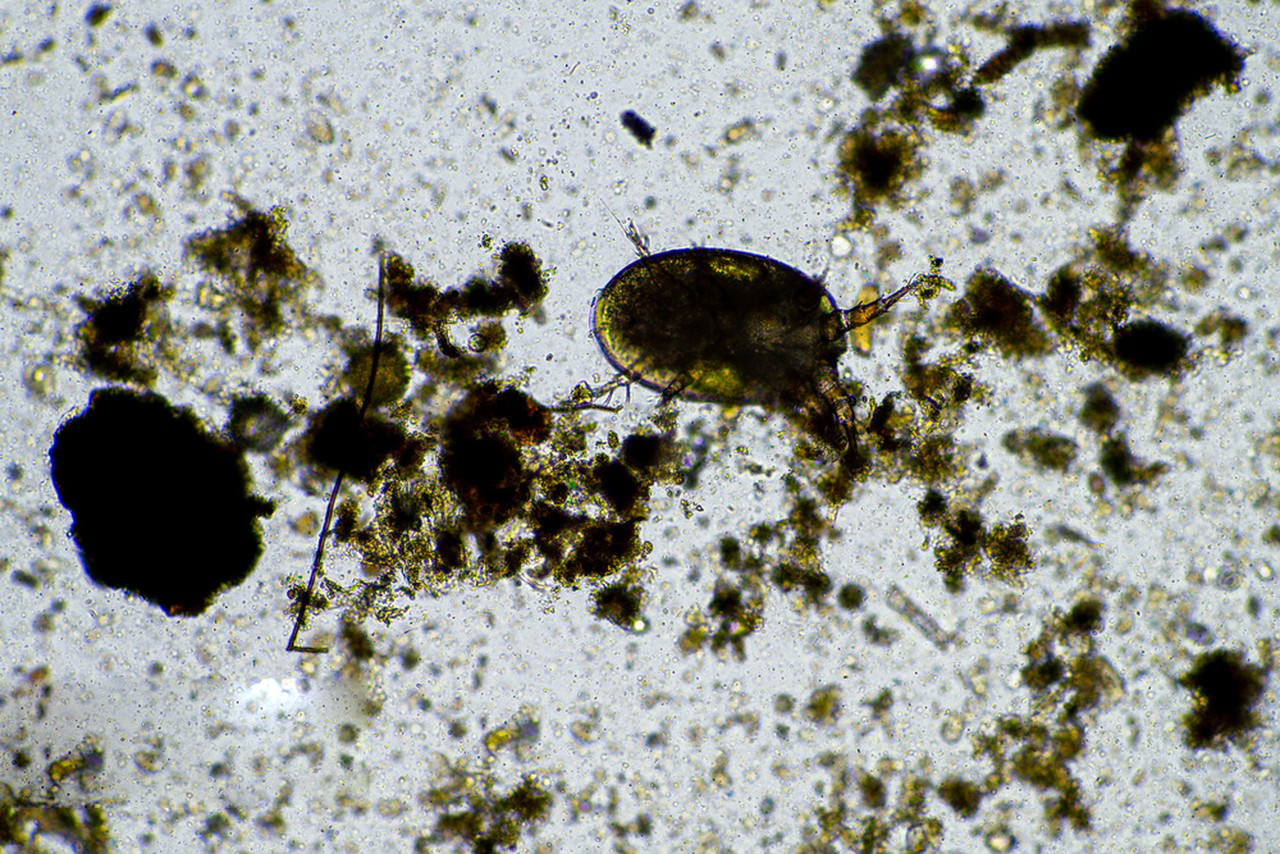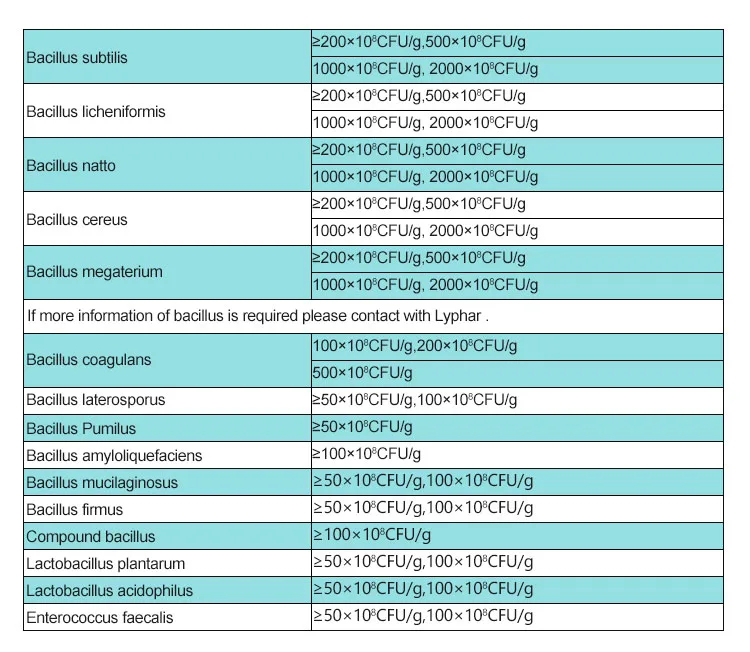Trichoderma harzianum is a beneficial fungus commonly used in agriculture to promote plant growth, suppress diseases, and enhance soil health. Here are some general guidelines on how to use Trichoderma harzianum for best results:
1.Select a Quality Product:
Choose a reputable product that contains viable and effective Trichoderma harzianum strains. Ensure that the product has a high concentration of the fungus and is well-suited for your specific crops.
2.Application Methods:
Trichoderma harzianum can be applied through various methods, including seed treatment, soil application, and foliar application. The chosen method depends on the type of crop and the specific needs of your farming system.
Seed Treatment: Coat seeds with a Trichoderma harzianum formulation before planting. This helps establish the beneficial fungus around the root zone early in the plant’s life.

Soil Application: Apply Trichoderma harzianum directly to the soil. This can be done as a drench during transplanting or through irrigation systems. The fungus then colonizes the rhizosphere, promoting plant health and suppressing soil-borne pathogens.
Foliar Application: Spraying Trichoderma harzianum directly on plant leaves can help protect against foliar diseases. This method is particularly useful in preventing or controlling diseases such as powdery mildew.
3.Timing of Application:
Apply Trichoderma harzianum at the right growth stages for maximum effectiveness. For example, applying it during transplanting or seed germination allows the fungus to establish itself in the root zone early on.
4.Environmental Considerations:
Trichoderma harzianum performs optimally under specific environmental conditions. Ensure that the soil pH, temperature, and moisture levels are within the recommended range for the fungus to thrive.
5.Avoid Chemical Incompatibility:
Some agricultural chemicals may negatively affect the viability of Trichoderma harzianum. Be cautious when using fungicides, pesticides, or chemical fertilizers that may harm the beneficial fungus. Whenever possible, integrate the use of Trichoderma harzianum into an integrated pest management (IPM) program.

6.Monitor and Evaluate:
Regularly monitor your crops for signs of diseases or pests. Evaluate the effectiveness of Trichoderma harzianum by observing improvements in plant health and disease suppression.
7.Crop Rotation and Cultural Practices:
Incorporate crop rotation and other cultural practices that support soil health. This helps maintain a favorable environment for Trichoderma harzianum and reduces the risk of disease buildup over time.
Always follow the specific recommendations provided by the product manufacturer and, if possible, consult with agricultural extension services or experts for guidance tailored to your specific crop and growing conditions.
